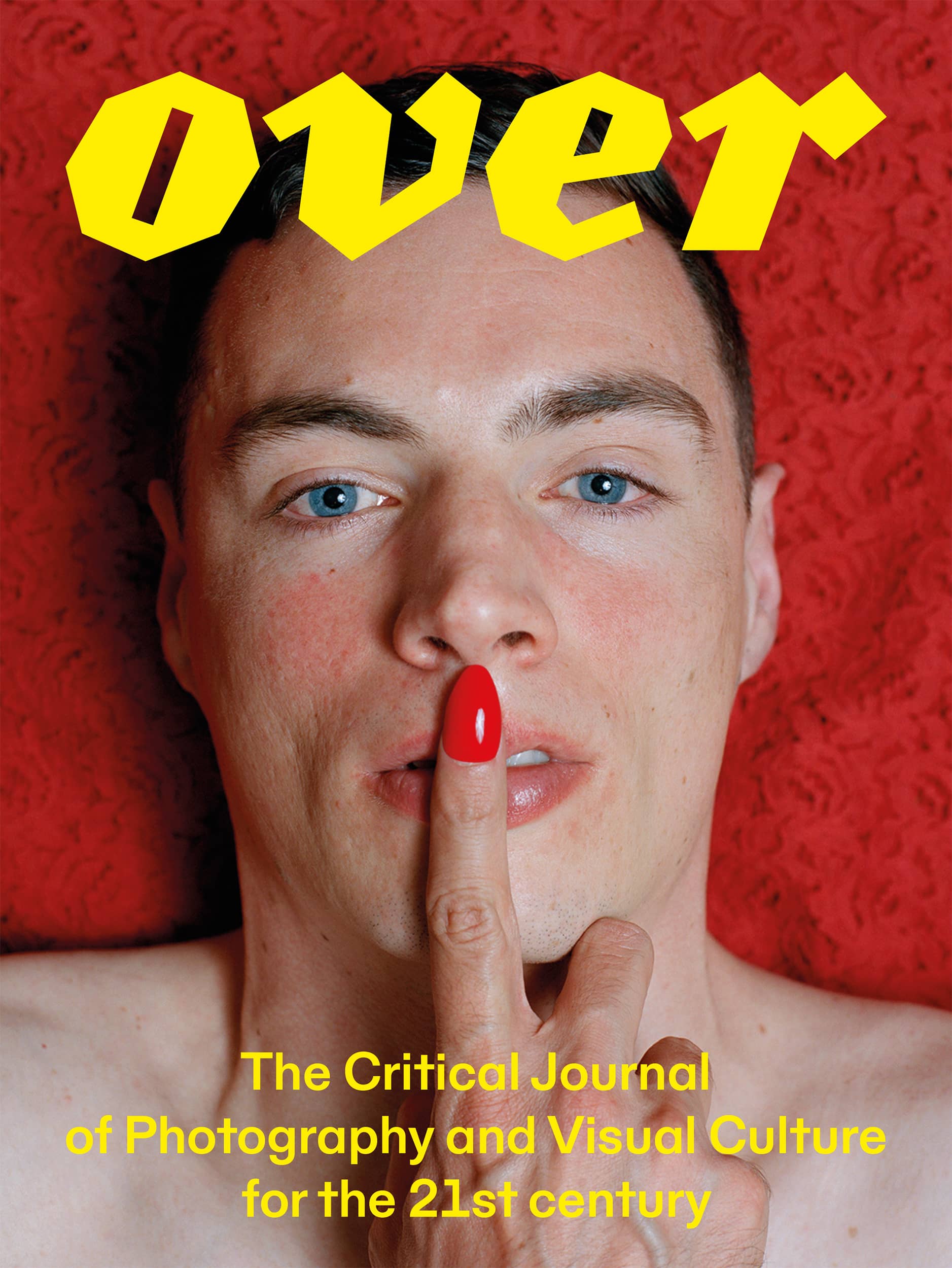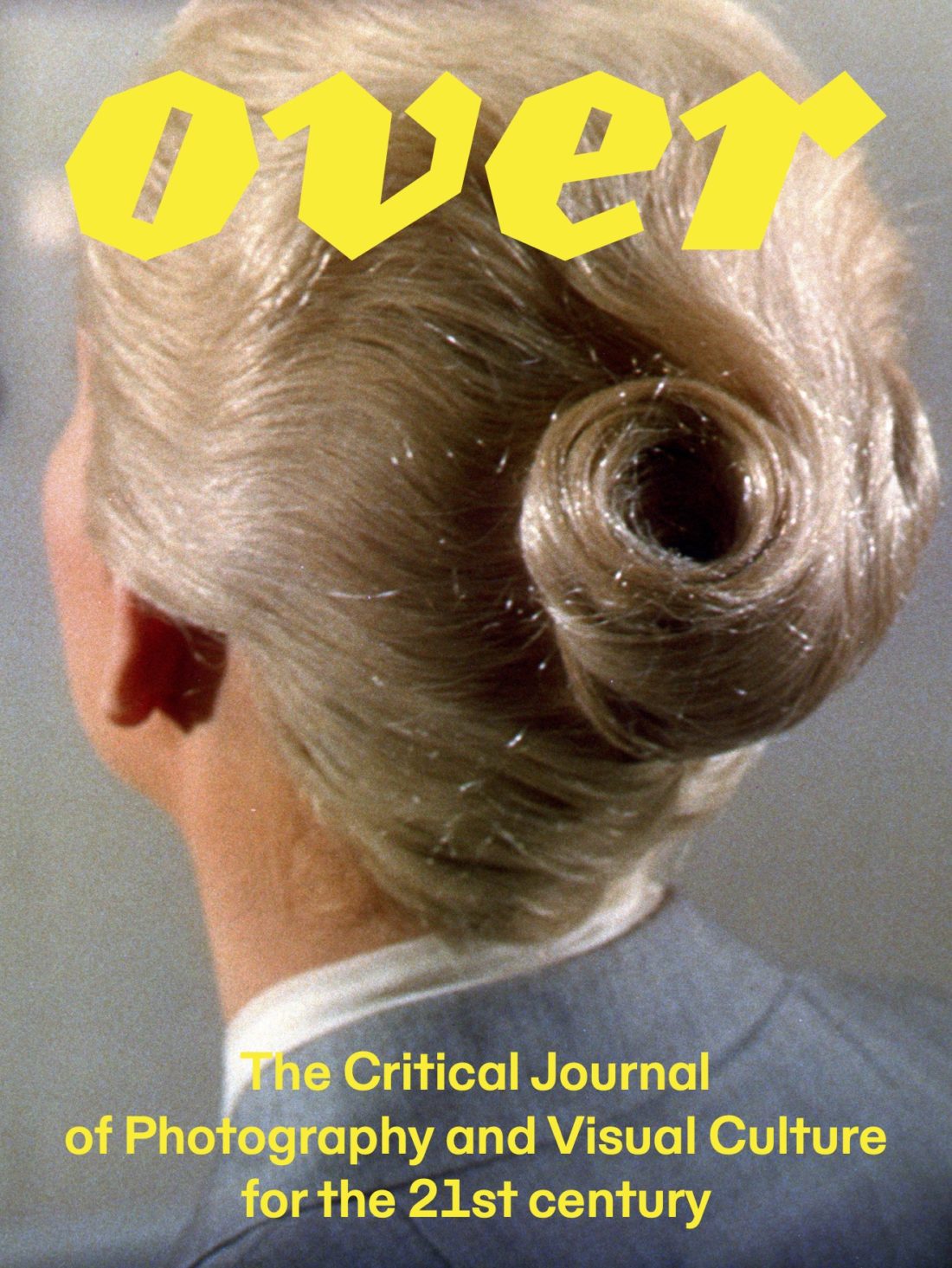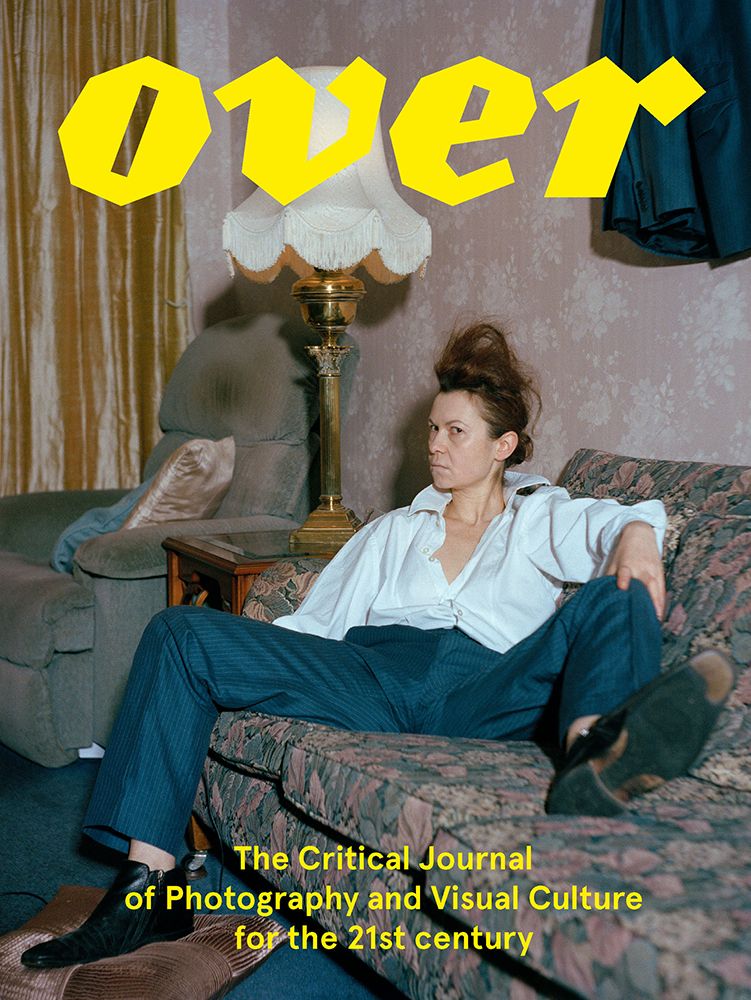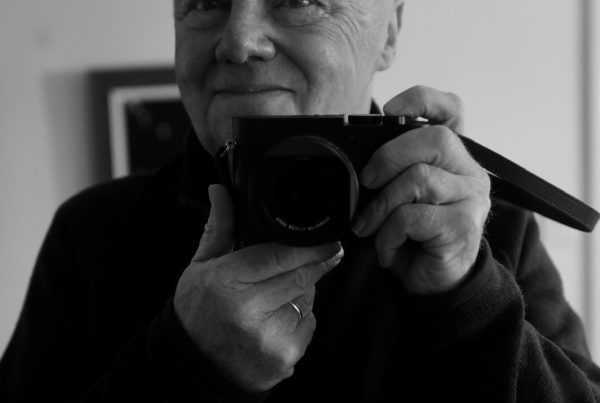
This page is under construction. If you wish to add information to it, read the instructions here.

Caption of the image
Born 1964 (Bangor, Co Down, Northern Ireland)
Died 2012 (Delhi)
Website patrickjolley.com
Paddy Jolley was born in 1964 in Bangor, Co Down, Northern Ireland. At fifteen he moved with his family to the village of Dunmore East in Co. Waterford. In 1989 he graduated with a BA in print from the National College of Art and Design, Dublin. Following this he lived and worked in London and northern America, but it was in Prague where he moved with the artist Inger Lise Hansen, that he became increasingly preoccupied with photography. In 1994, a scholarship to the MFA photography programme at the School of Visual Arts in New York moved him towards film. 1
Bio & Career
He returned to Ireland in 1996, but continued to travel, mostly in Eastern Europe. In 1998 he took part in the residency programme at the Irish Museum of Modern Art, followed by a residency in New York as part of MoMA PS1’s International Studio Programme, which saw the beginning of an extended collaboration with the film-maker Reynold Reynolds. Their first short film Seven Days ‘Til Sunday (1998) won him Best New Director at the Cork Film Festival, and was screened at the Tate Modern, London. Their next project, The Drowning Room (2000), was screened at the Sundance Film Festival, and is in several important collections including the Neuer Berliner Kunstverein (n.b.k.). The film installation Burn (2002) was included in the 3rd Berlin Biennale (2004) and is part of the collection of the Museum of Modern Art, New York.
Jolley left America for Berlin following the changes brought about by 9/11 but returned to New York to make one final film—Sugar—with Reynolds in 2005. There was also one other collaborative film—Here After—made in Dublin in 2004 with the artists Inger Lise Hansen and Rebecca Trost, which is part of the collection of the Irish Museum of Modern Art, Dublin.
After Sugar, Jolley moved to Co. Meath in Ireland where he made nine solo films in eight years. His film, The Door Ajar (2011), a surreal visualisation of Antonin Artaud’s traumatic visit to Ireland, departed from his usual format of non-verbal shorts. It was exhibited at Dublin Contemporary 2011.
Jolley’s sudden death in Delhi in January of 2012 came as a profound shock. The physical absence of the artist at the 30th Sao Paulo Biennial in Brazil prompted many tributes, and his work was shown to considerable acclaim. The following year a major Retrospective was presented in Limerick City Art Gallery. He is survived by his partner, Lu Thornely, and their two young sons. His work continues to be exhibited extensively in Ireland and throughout the world.2









